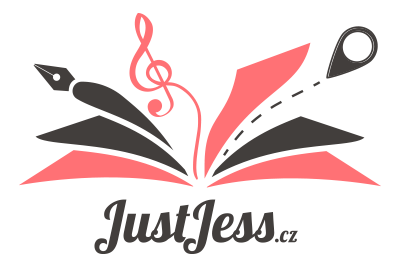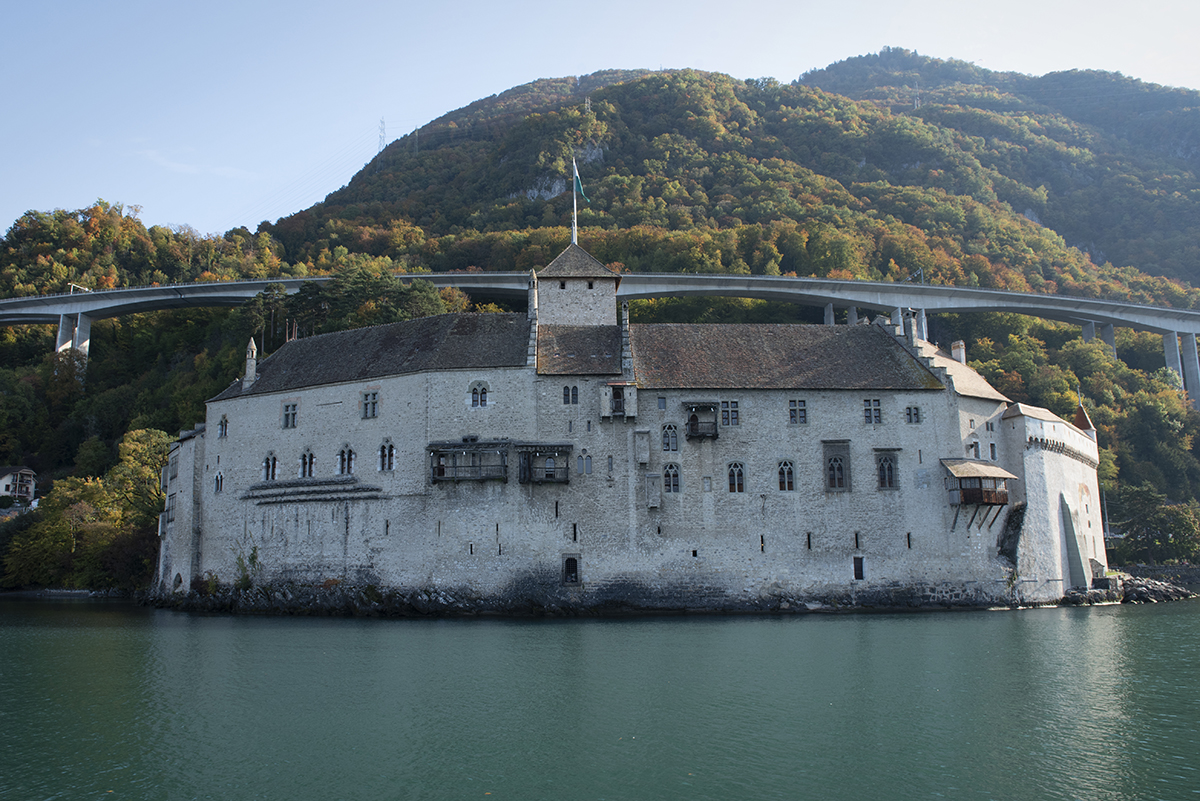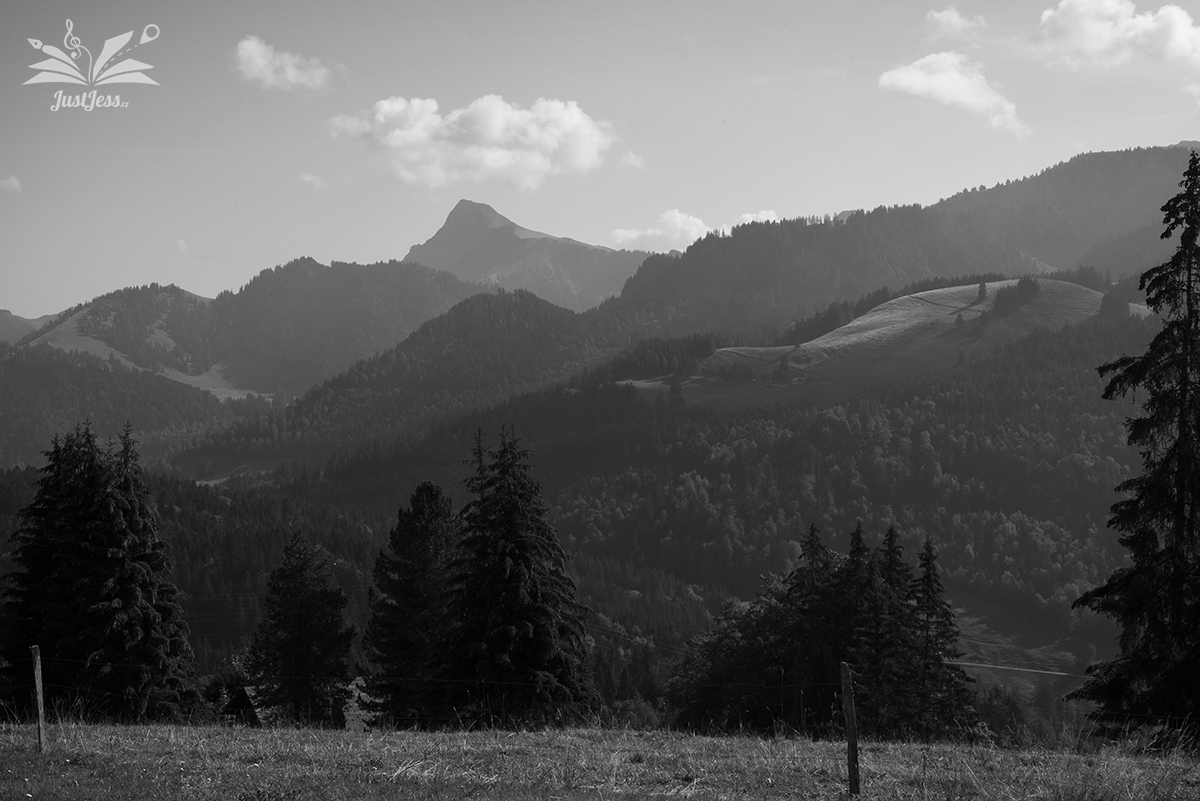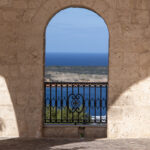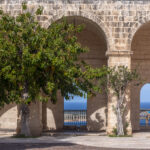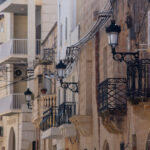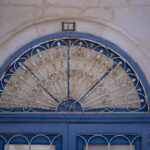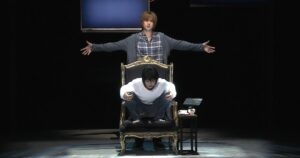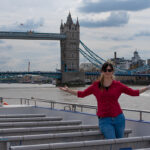I mentioned in one of my previous articles that my plan for the winter season was to explore all the galleries and museums in the area. But covid was constantly ruining my plans. From the beginning of November all the museums and galleries were closed and I was sitting home, occasionally taking some walks in the area. But, as the half of December was approaching, something had changed. The covid-19 rules suddenly loosen up and museums and galleries were re-opened! So as fast as possible, me and my friend Jo headed to the closest one – Alimentarium – the museum of food.
I don’t think I ever mentioned that I actually live in the region of Nestlé – the famous food brand. We all know Nescafé, Nespresso, Nesquik and other products marked with a logo of nesting birds. But did you know that Nestlé is actually nesting in Vevey? The city I live in?
To tell you the truth, I didn’t when I arrived. I never really cared about the brand being from this or that country, I just cared that the food tasted good. So imagine my surprise, when I first came here and found myself living next to one of Nestlé headquarters. And there are actually 3 giant Nesté headquarters in the area. In Vevey, in La Tour-de-Peilz and in Lausanne. And it feels like every 4th person I met here so far, works for Nestlé.
But why am I suddenly talking about Nestlé, when I wanted to talk about our visit to the Alimentarium? As you probably guessed, Alimentarium was founded by Nestlé. As the world’s first museum to be focused on food and nutrition.
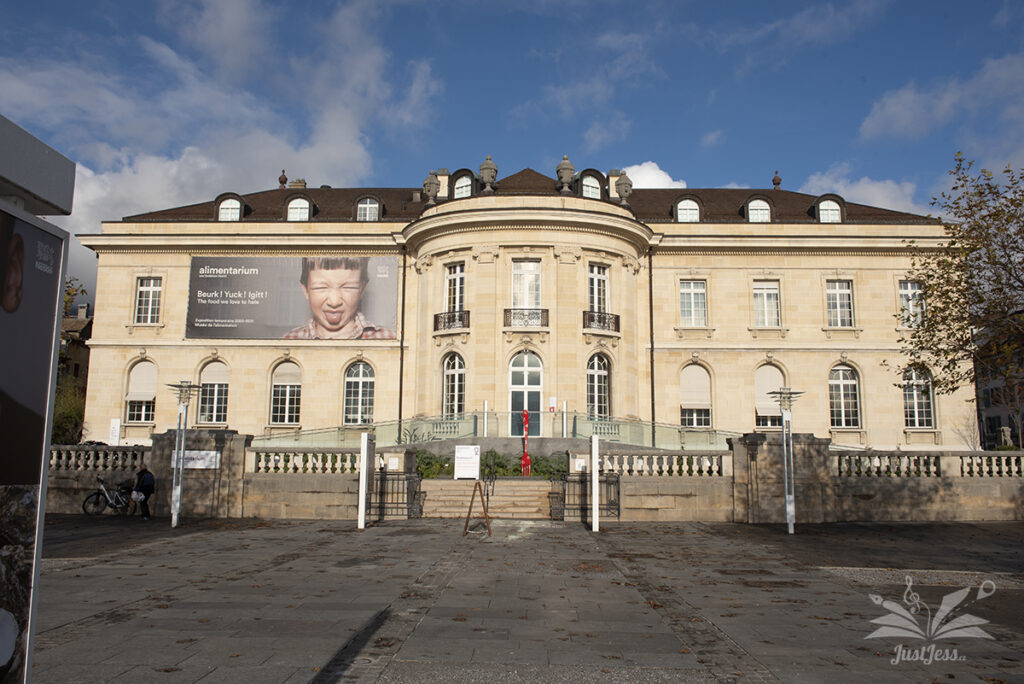
The museum is to be found on the shore of Lac Léman, by the lake promenade in Vevey. You can not miss the place, even if you wanted to, because it is marked by the giant fork in the lake. Thinking about it now, maybe the Fork is much more famous at this point than the museum itself. Because of unending pictures on social media.
The Fork itself is a stainless steel statue of 8 metres height and it was designed by Swiss sculptor Jean-Pierre Zaugg back in 1995. It was meant to stay there for one year for the 10th celebration of Alementarium’s opening. Unfortunately the town did not obtain authorization for the Fork to stay so next year it moved to a different town in Switzerland. It took another eleven years for the statue to come back home. It was meant to be temporary – for the exhibition of cutlery. However the town ran a petition which confirmed that people wanted the Fork to stay in Vevey. This time, canton Vaud agreed to it and the Fork is one of the best known monuments in the town until these days.

The museum itself lies just opposite the Fork. It is a historical building from 1920 that was originally built as an administrative building for Nestlé & Anglo-Swiss Condensed Milk Company. However after 1936 the management moved to the new building in La Tour-de-Peilz and after 1979 when the rest of the offices were moved there as well, the building was left empty. The building found a new purpose in 1985 when after a great renovation it was opened as the first food museum in the world.
When climbing the steps in front of the building, you might find it interesting that it is surrounded by a small garden with herbs and vegetables that is there even in winter months. But after stepping through the automatic front doors and walking through the first hall, you might be up to a surprise. Where one might expect a neo-classicist hall they meet a modern open space that has nothing to do with the building shell. Ofcourse, I mentioned a reconstruction, but gutting the building is not usually what I imagine under that term.
After I recovered from my initial shock we headed to the case to buy our tickets where I was up to another surprise. The ticket seller asked us how old was Jo. Probably thinking she was my child or something. I mean… Yes, she is quite small next to me, but hell, do I really look that old?! I will try to stay calm and blame the masks on our faces.
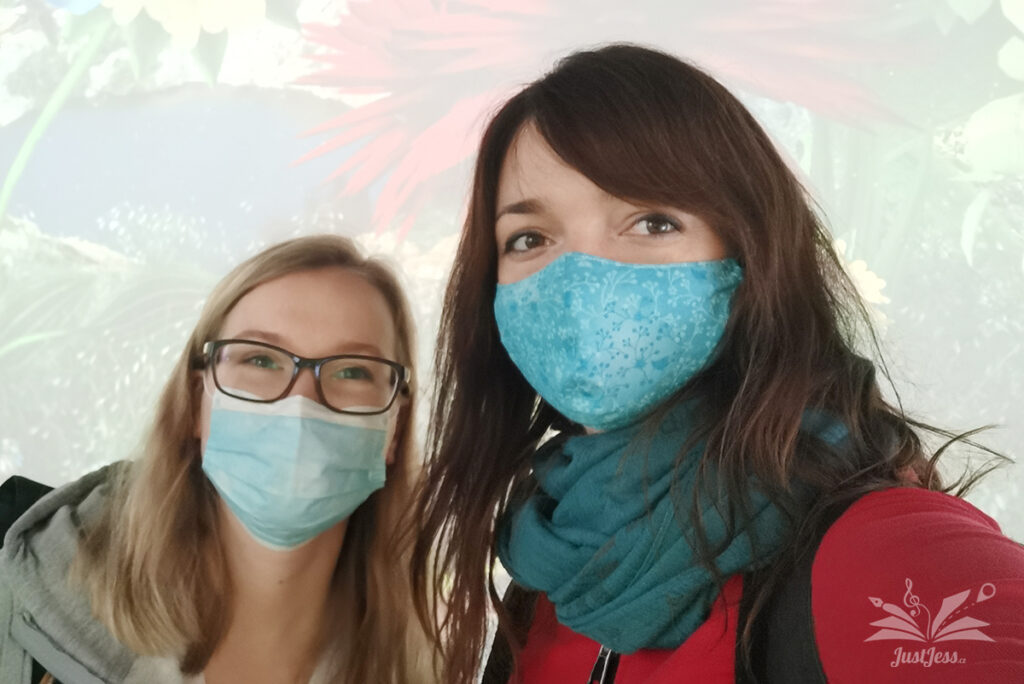
The admission to the museum is 13 Francs for adults and 4 for children. It includes both the temporary and the permanent exhibitions. If you don’t mind paying a little extra, you can also come to the museum for a cooking workshop or try food in a local restaurant. But that was not on our program that day. We came to see the permanent exhibition – “Food – The essence of life” and the temporary exhibition “Beurk! Yuck! Igitt! The food we love to hate”. The latter was actually what drew us to the museum in the first place, because of the omnipresent posters of people making disgusted faces.
After ascending the stairs into the permanent exhibition space we were welcomed by colourful jungle projection and interactive screens. Interactivity, as we discovered during our visit, is the main element of the museum.
The first part of the exhibition is focused on how food is produced, packed and how it gets on our tables. In the room targeted on production are shown a variety of tools used for harvest different types of food in different periods. But what interested me the most was the large screen showing the path of food from its country of origin to Switzerland. With the help of interactive screens I could have chosen a type of food and then watch its way around the world. I learnt for example that raw chocolate that comes to manufacturers in Switzerland comes from Ghana and it makes a journey of over 10 000 Km before being processed.
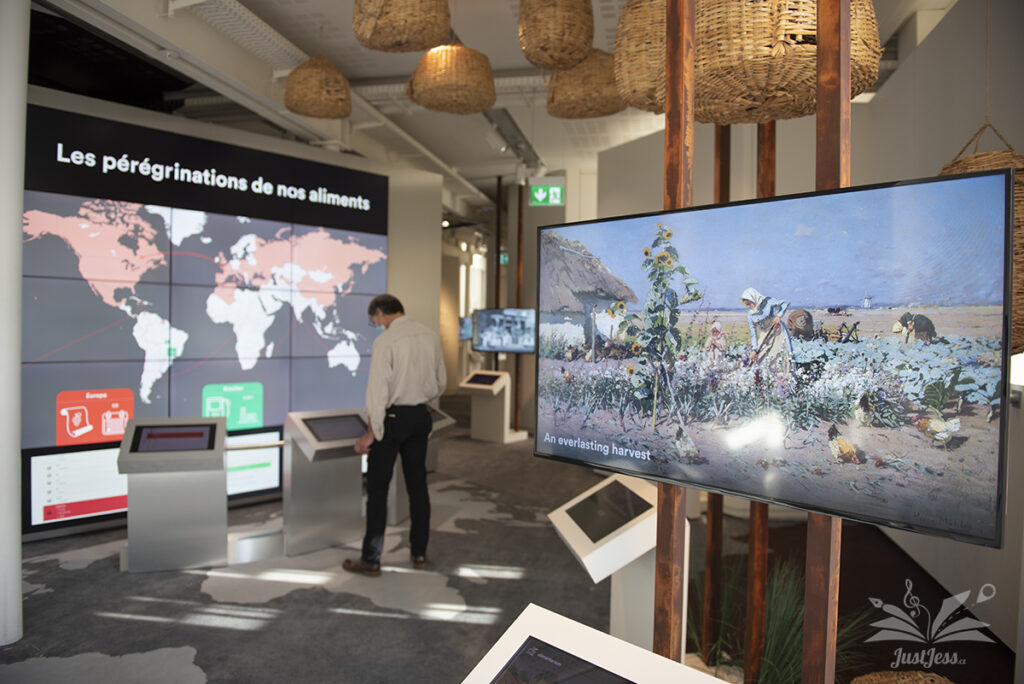
In the following showroom focused on processing the food, there were many screens with headphones out of order because of the covid. So unfortunately, we will not know what they were all about until our next visit. But what was not turned off, was the large play-screen-table full of food focused video games. At normal situations it would be touchable by hands, but in covid times we got a little “pen” to control the screens. I can not tell it worked very well, because the pen was falling apart most of the time, but we had fun with these games anyway. Especially with the one where we controlled the running character with a shopping cart. It was not easy to collect all the food on the way and not to crush anything.
As we moved forward through the exposition we found ourselves in the only room that was preserved from the original building interior – Salle Nestlé. It was the original office of the director of Nestlé in the 1920s’. The sale is inlaid with wood and framed by large windows with a splendid view over the lake. In the exposition we can learn something about the pioneers of industrial food production and also see historical packages of Nestlé products.
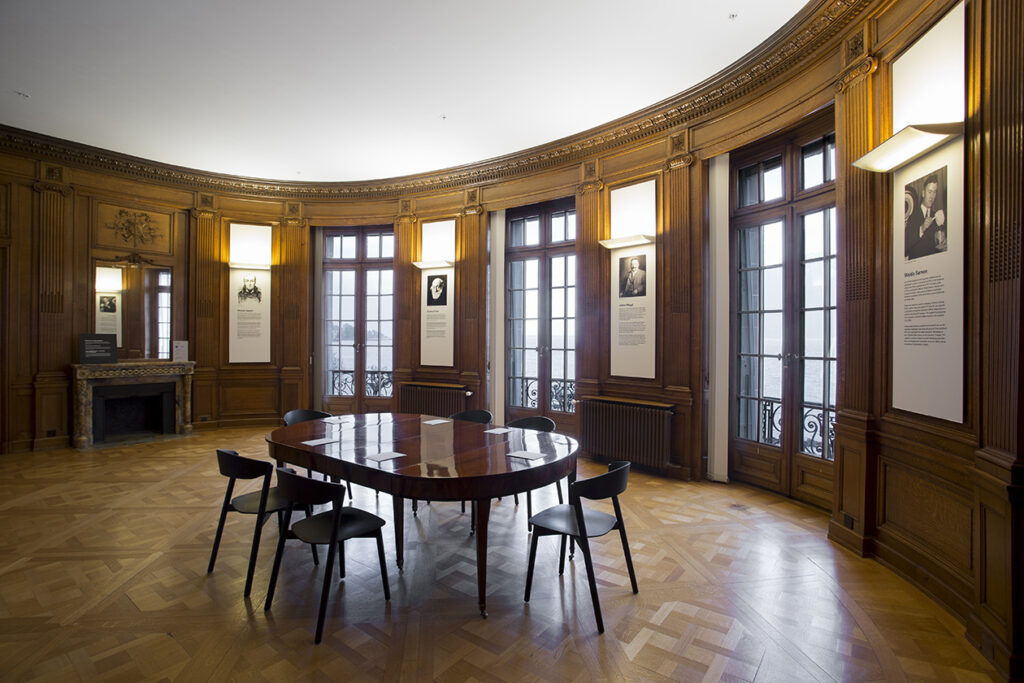
Photo copyright: www.alimentarium.ch
Another part of the exposition shows how food is perceived by society and different social systems. Different countries, cultures or religions have their own food habits and customs and a visitor can learn about them here. Jo and I, as migrants, can fully relate to the feelings of other people who had to learn how to cook cuisine completely different from their own. I mentioned it many times in my articles, that food and cooking “the Swiss way” poses a big problem to me. Even after four months in the country, there are many moments when I don’t know what to cook or buy. I simply miss Czech cuisine – the food I am used to eating from childhood.
It was also in this part of the exposition where we found a legendary sentence: “Potatoes are food for poor people and pigs.” We were not really sure if we should laugh or be offended. Because most of the time, we whine that we miss potatoes. Because both Czech and Polish cuisine are largely potato based. And the fact is, that most of the weekends we end up eating Rosti, which is the only one potato dish we learnt to cook in Switzerland so far. But whatever, we are poor anyway, so the statement is not wrong.

The last part of the exposition is on the 2nd floor. But before accessing it we found ourselves in the space of temporary exhibitions and therefore were to explore the exhibition “Beurk! Yuck! Igitt! The food we love to hate”. The goal of the exposition was to conjure up the disgusted expressions on our faces and I must say that they succeeded. It was not only about looking at bugs, worms and other (for us) unnaturally looking food, but also about smells. The small pumps which after using for example produced the smell of rotten cabbage was an amazing experience.
But what I found really interesting were jars of canned food. On the display there were jars with carrots, peas and even meat from the time of the 2nd World war. I would never say that the food might look practically the same even after more than 70 years. Although opening them these days might be really disgusting.
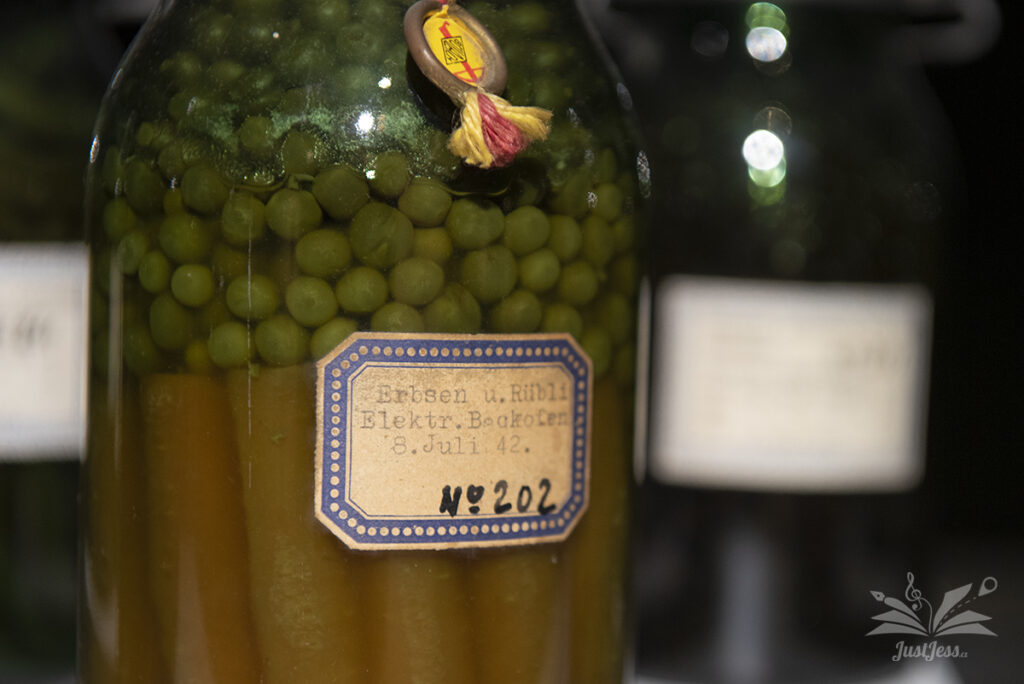
On our way to the last part of the exposition we found a game room. It was kind of a game where you have to use your whole body to play. So we jumped around for a bit but I can not really say that we understood 100% what we were doing.
The final part of the permanent exposition focuses on the human body. The senses we use while eating, how the food travels our body from our mouth to… the very end of the process. You can also watch the whole process animated on screens while walking through what seemed to be a giant gut. But what we enjoyed the most about this last part of the exhibition were bikes. It was another of interactive exercises where we could try how long we need to ride a bike before losing weight on certain types of food. For example, for 100 grams of strawberries it’s over 20 minutes! Or 4 hours to get rid of the tuna sandwich! No wonder I never lose weight!
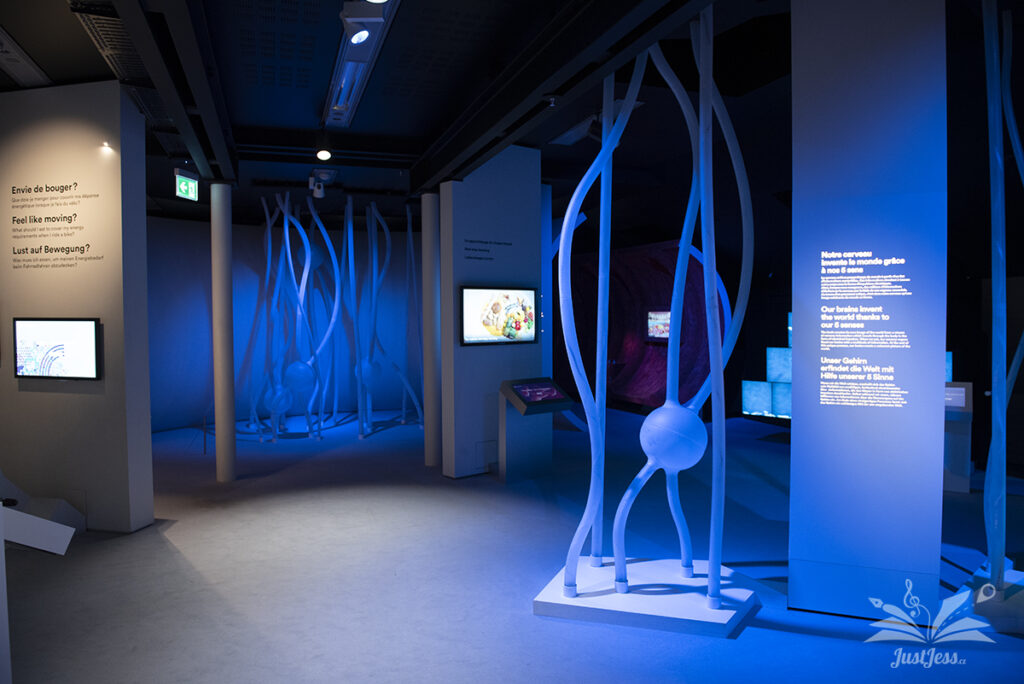
The exhibition ended there and we slowly headed out. I must say that we had lots of things on our minds at that moment, and I don’t mean only memories of fun and games. We also learnt some disturbing information. Like the fact that at the end of the 21st century there will be only vegetables to eat on this planet. No meat, not grains. That is something that makes you stop and think of the future.
But let’s not end this in a depressing tone. Our visit to the Alimentarium was great fun! I don’t think I’ve ever visited a museum this interactive before. It was interesting and enriching even without all the screens being active and I must say that I would definitely visit this place again. Maybe one day, without the covid sanitary measures. Or for a cooking workshop.
